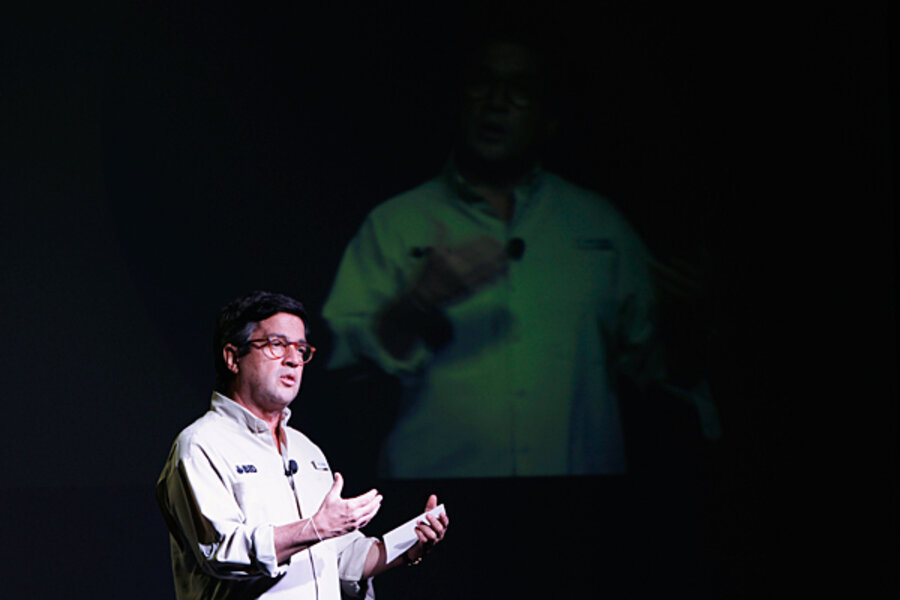Can Latin America ride out the global economic storm?
Loading...
| Bogotá, Colombia
While most developed nations struggle to weather financial storms, Latin America has been riding out the choppy economic waters thanks in large part to a wave of high commodity prices and active monetary policies.
But in a report released Sunday, the Inter-American Development Bank (IADB) is warning that the region faces weaker economic growth in the next five years as commodity process drop and governments face higher fiscal deficits.
The IADB’s top economists forecast annual growth for Latin America and the Caribbean over the next five years to be 3.9 percent, almost a full percentage point lower than the 4.8 percent growth seen in the five years before the 2007 global recession.
“Bonanzas are not eternal,” said IADB President Luis Alberto Moreno at the bank’s annual meeting in Panama.
“Lower commodity prices imply a drop in the terms of trade for most countries in the region and, therefore, a negative shock to income,” the report said.
The rate of growth for investment is also projected to fall from 10 percent to just 5 percent annually, according to the report. Lower investment will make it harder for countries to tackle one of the main obstacles to economic growth – poor infrastructure – which could mean there's an additional risk that "growth would be lower than indicated in these projections.”
Many of the countries in the region relied on expansionary monetary policies, such as increasing the money supply or targeting interest rates, to spur growth during the worldwide economic downturn. But the IADB suggests that governments tighten fiscal policy in order to give themselves more wiggle room in a downturn.
“It is not a question of using fiscal and monetary policies today to counter a negative shock and bring growth in the region up to its potential,” José Juan Ruiz, the IADB’s chief economist said.
“We need to find measures to increase our potential rate of growth.”
Such measures to foster economic growth should include structural reforms, which the report says will vary from country to country according to particular needs. However, in general, the report suggests a focus on reforming labor markets to formalize the work of 56 percent of the Latin American workforce that functions outside the formal economy. Another suggested focus is on the region's “deficient infrastructure,” which is a “constraint on economic growth,” the report said.







